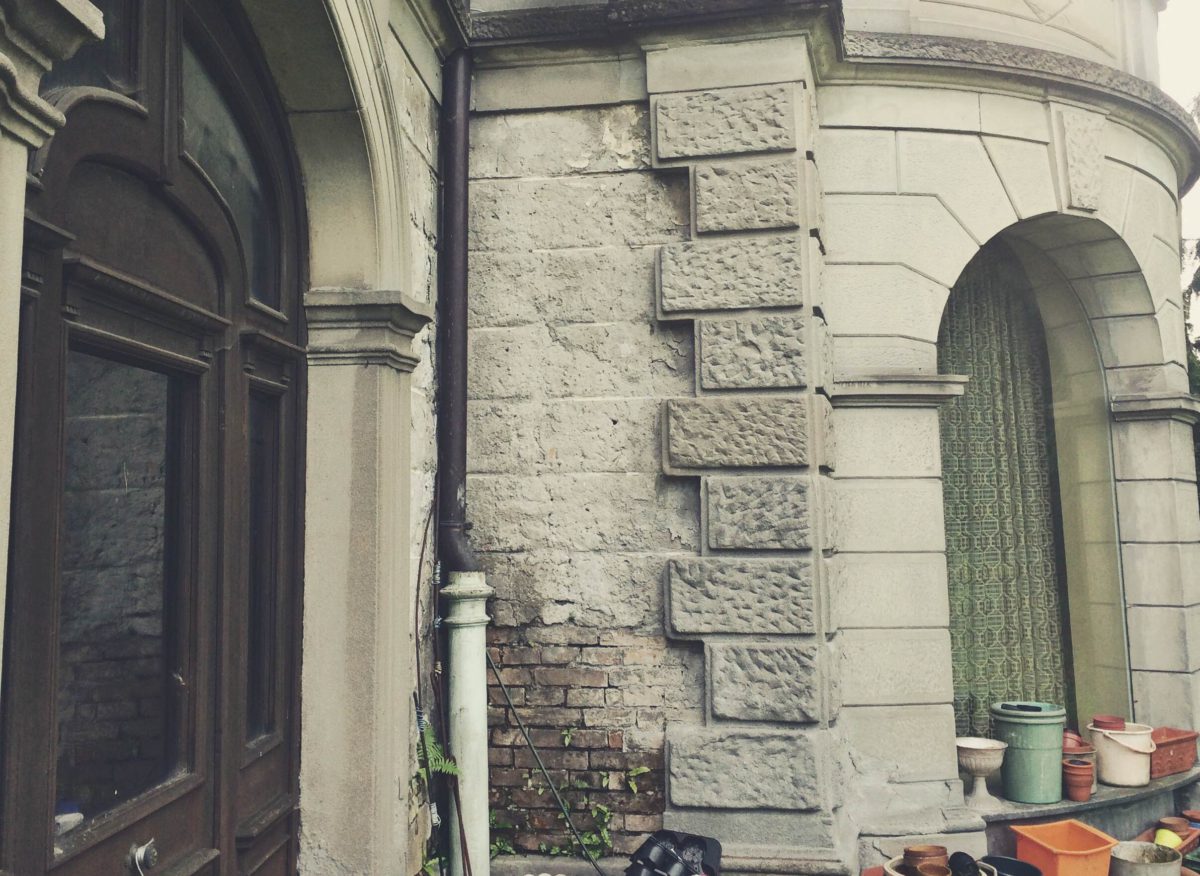There is a dilapidated-looking building with the address 1-3 Radetzkystraße, located on one edge of Hohenems’ Jewish Quarter. Something green grows on the outside walls; one ceiling inside looks worryingly close to caving; plaster peels away from the walls; a number of the windows are broken.
The villa wasn’t always like this. It’s a very old building, probably dating back to the 17th century, although it underwent numerous renovations and additions over the years. Josef Rosenthal bought the neighboring post station in 1807, and his son August erected a new building in the same place in 1823. When Iwan and Franziska Rosenthal¹ made the grounds their home in 1890, they integrated the structures August had built to create the existing grand villa, with a bowling alley, carriage garage, and servants quarters, among other features.
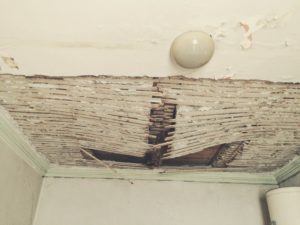
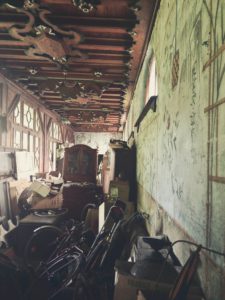
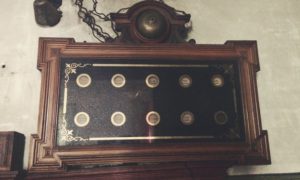
Many of the house’s once-great features no longer function. The bowling alley is now stacked with furniture and other miscellaneous items. An anachronistic car sits in the former carriage garage. Dust coats many of the villa’s surfaces and cobwebs occupy odd corners.
Despite this decay, certain signs of the villa’s former grandeur are still apparent. Artwork adorns the walls. Many of the original ceilings are still visible, as are some of the wall panelings and a single stained glass window. An engraving at the top of the main staircase outlines an R, for Rosenthal.²
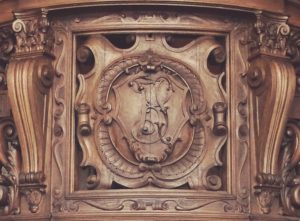
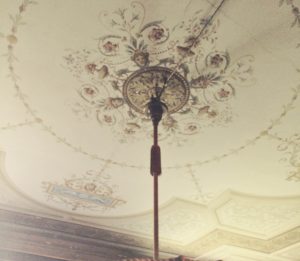
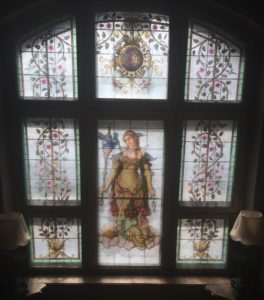
It has been a while since Iwan and Franziska resided in the villa. The couple emigrated to Vienna in 1914, although they sometimes returned to Hohenems. Iwan passed away in 1929 at age 86; his wife followed him two years later, so neither lived to see the rise of National Socialism in Austria. The couple had no surviving children, so following their deaths, the ownership of the villa passed to their niece, Amalie Hess. In 1938, Hess—who was living in St. Gallen, Switzerland—sold the building under significant political pressure. She was its last Jewish owner.³
The villa had various owners and occupants after 1938. At one point, it housed Turkish workers; at another, it was impacted by a fire. No one has lived in the main building for many years. The current owner resides in the former stable, while the villa itself has fallen into disarray.
Despite these struggles, parts of the villa are still intact and worth preserving. There is agreement the building ought to be restored, but how renovations will happen—and what the future use of the building will be—remain to be seen.
¹ My great-great-great-great uncle and great-great-great-great aunt, incidentally.
² The emblem might also include and F for Franziska and an I for Iwan, or possibly a J for Josef. Take a look at the photo and decide for yourself.
³ The story of Iwan and Franziska’s home mirrors that of another Rosenthal villa. The Heimann-Rosenthal villa, which now houses the Jewish Museum, was built in 1864. Its last resident, Clara Heimann-Rosenthal, was one of the final Jews deported from Hohenems and died at Theresienstadt in 1942. She was 76. For more on old Jewish houses, the museum has a German database on its website.

